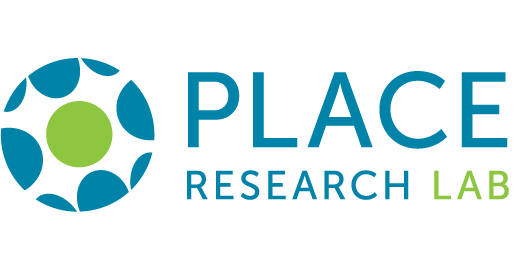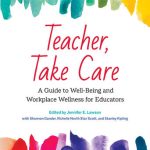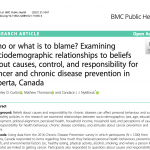The goal of the project is to understand how people’s decisions to make healthy choices are partly shaped by features of the community where they live.
Key Terms
Built Environment
includes features in the community like:
- parks and green spaces,
- residential areas,
- public transit,
- indoor and outdoor activity options,
- restaurants and grocery stores options,
- how a community is maintained, and
- how the roads and sidewalks are designed.
Social Environment
includes features in the community like:
- having a good neighbour,
- a feeling of friendliness, and
- feelings of comfort/safety.
Background
We all hear about the obesity epidemic and how diff erent factors in today’s society aff ect or limit people’s choices about physical activity and the food they eat. One solution is to redesign communities to make them better places to live active, healthy lives.
Creating healthy community environments can be challenging. Sometimes, making changes to community environments to support physical activity and healthy eating may seem di ffcult or vague. For example, it is not always feasible to add sidewalks in established communities or eliminate fast food venues. Despite such roadblocks, there are many ways that communities can initiate small changes to improve opportunities or break down barriers for healthy, active living.
The Project
The Community Health and the Built Environment project has helped researchers and community partners understand how people’s decisions to make healthy choices are partly shaped by features in the community where they live. The project took place in four communities throughout Alberta:
- Bonnyville (population of about 6,000),
- North Central Edmonton (made up of 11 contiguous neighbourhoods; population of about 40,000),
- Medicine Hat and Redcliff (population of about 65,000), and
- St.Paul (population of about 6,000).
What We Did
Identified physical activity and healthy eating resources in the community
By observing community environments, we were able to better understand what physical activity and healthy eating resources were (or were not) available in the community environment.
Gathered residents’ perceptions of community environments
Picture taking and storytelling with community residents helped researchers better understand how residents perceived opportunities and barriers for health in the community.
Created connections
By partnering with community stakeholders, we worked together to develop, implement, and evaluate community driven projects. The projects created opportunities and broke down barriers for physical activity and healthy eating in the community.
Ensured relevancy for the community
Ongoing communication with community partners helped to guide future directions of the project. The communication also helped to ensure that the results were meaningful for the community, as well as for research.
Key Lessons Learned
- Need to look at built and social environments in combination.
- Engage community in all aspects of initiatives/programs to foster local action.
- Small, incremental changes can have a large impact.
- Share information and create connections with multiple levels of stakeholders.
- Collaborate around shared goals.
- By doing these things together we can support the creation of healthy community environments.
Community Documents
Photovoice
This section provides an overview of the photovoice project, which helped researchers understand how residents saw the community’s built environment.
Photovoice Summary
Photovoice Full Report
Community Health Profile
This section presents information about the health status and health decisions of community residents.
Community Health Profile
Community Health Profile Full Report
Community Projects
This section introduces the work that has been conducted with community partners to help residents become more physically active and eat healthy food.
Community Projects Summary
Project Examples
- Medicine Hat and Redcliff Bike Rack Evaluation
- Avenue Communities Walking Map
- Avenue Communities Walking Map Evaluation
- Resident and Non-Resident Perceptions of North Central Edmonton
- Promoting Unstructured Free Play in Your Community – Resource Manual
- Promoting Unstructured Free Play in Your Community – Games Manual
Community Observation
This section provides an overview of the community observation, which helped researchers understand how different areas of the community have been designed, built and maintained.
Community Observation
Community Observation Full Report



